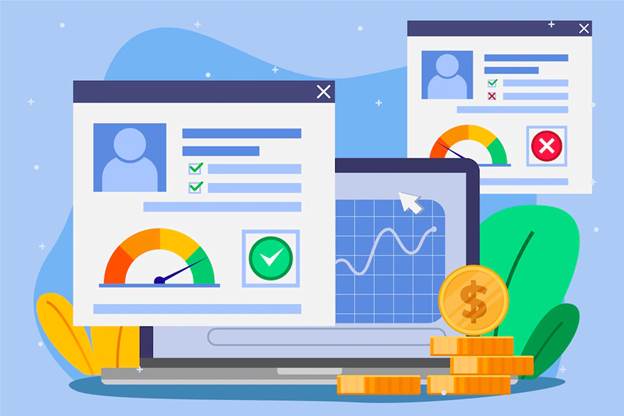If you are planning to implement new pre-employment assessment test software, there are several advantages and disadvantages to consider, especially if your firm is seeking a competent staff. Large organizations have been using pre-employment assessments for more than half a century to enhance the recruiting process.
The Talent Assessment Study discovered that during the years 2019 and 2020, online examinations were employed 134% more frequently in the recruiting process and 156% more frequently in the training and education process.
Pre-employment testing with software provides data that would otherwise be entirely hypothetical, making this procedure more objective. To help organizations make an educated decision, this article outlines the benefits and drawbacks of employing them in the recruiting process.
Pre-Employment Testing Software – What Is It?
The purpose of utilizing technology in pre-employment testing software is to collect data that companies can use to assess potential candidates for open positions. In the end, the objective is to arrive at a decision that is both more efficient and, in the long term, provides the organization with more benefits.
Various pre-employment testing software alternatives are available, each built to meet the specific needs of the company and job role. Candidates are tested on their knowledge, competence, behavioral characteristics, and qualities as part of the pre-employment screening process.
Exams that have been thoughtfully prepared can assist managers in making more objective decisions by offering data-driven results that can be studied and assessed. The pre-employment tests are standardized, so in theory, they should provide everyone the same opportunity to do well.
Advantages of Pre-Employment Testing Software
- Enhance Your Hiring Process
When it comes to making judgments about hiring, recruiters and hiring managers are more likely to be affected by an applicant’s ability to conduct a successful interview than by a candidate’s basic skills. This is especially true for entry-level positions.
It is intended that pre-employment examinations would eliminate this filter, allowing every applicant to establish that they have the necessary skills and are a long-term match for the post they are looking for. As a result, new hires will be less likely to quit after completing their probationary period, and managers will spend less time dealing with subpar workers.
Robert Half, a US-based staffing agency, observed that managers spend 17% of their workweeks managing employees with subpar performance, a figure that might be significantly reduced with improved hiring decisions.
- Eliminate Unconscious Biases
While we may try to suppress our biases, we are all susceptible to them, whether we like them or not. However, not everyone has the same predispositions, so what one person finds appealing may not be so for another.
Even if managers are able to overlook more blatant gender and racial disparities, it is difficult to see a steady stream of potential candidates come on interview day without assuming or inferring specific attributes and experiences to be more desirable.
- Save Money
Repetitive interviews cost the company money in terms of the amount of time it takes to find new candidates and conduct interviews with them, regardless of whether or not the interviews are conducted online. Savings like this might be used in a more profitable enterprise for the company, resulting in a higher long-term rate of return.
- Streamline the Hiring Process
Even the most qualified and intelligent individual may decline a job offer if they have had a bad work experience. Automating the examinations can help candidates by making the procedure more user-friendly, which in turn helps the interview process become more standard and consistent.
- Save Time By Automating Your Tasks
Most interview and resume procedures are tedious and repetitive, leaving a company open to claims that not all applicants were treated equally in terms of time spent with them and the questions they were subjected to. Candidates can save time by taking a series of pre-employment examinations, especially if they don’t have to visit the office to do so.
Disadvantages of Pre-Employment Testing Software
- Initial Investment
The software that is used for pre-employment testing does not come without a cost, and that cost may appear high to few employers. However, the long-term objective is to save money by reducing the time spent on recruitment and the inevitable re-hiring that occurs when a poor hire is made.
- Estimations
Tests can be difficult to understand without extra information and may not disclose an individual’s whole ability profile. A hiring manager can use their estimations to fill in the gaps if such assessments are entirely relied on.
- Tests Can Be Deceitful
A candidate may come up with the most significant way to answer a question rather than providing truthful solutions. In other words, they can put on a friendly show while disguising a less acceptable aspect of their character, which may only be revealed once the real work starts.
Selecting the Best Pre-Employment Evaluation Software
Before picking pre-employment testing software, you should first identify your recruitment goals and objectives by creating a list of user needs. It is essential to understand the type of evaluations you will undertake.

